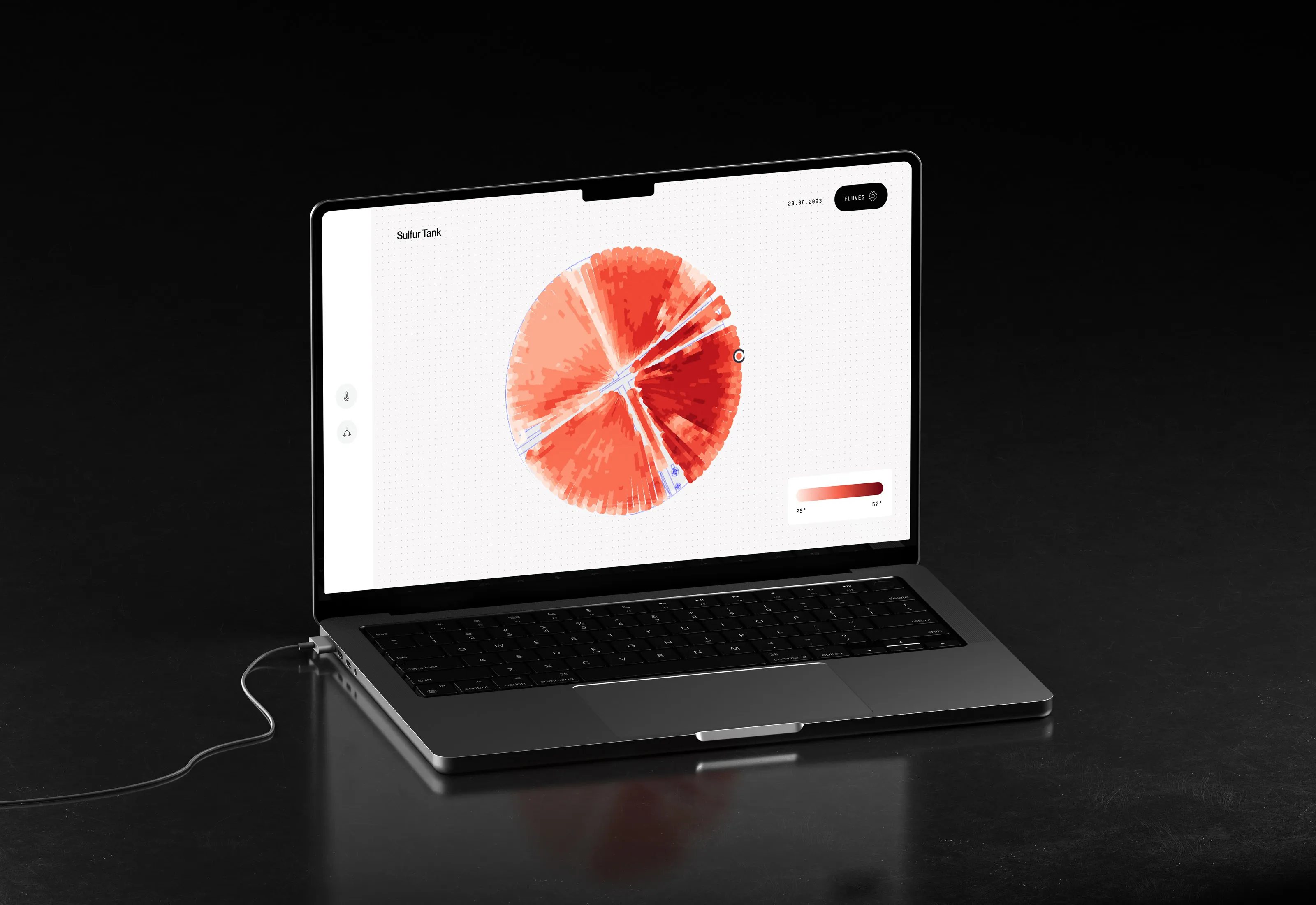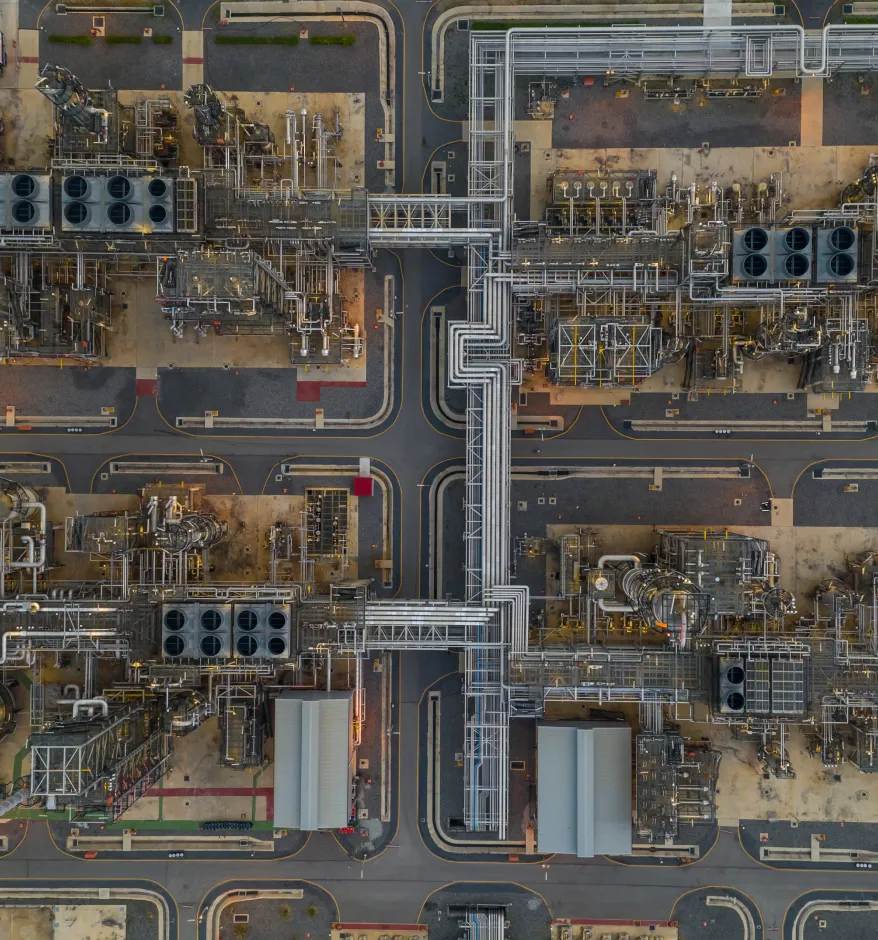From monitoring
to performance
We take care of your water & energy infrastructure with powerful IoT and fiber optic monitoring systems.
Monitor, manage & maintain your critical assets
Our advanced technology offers real-time visibility into the health of your infrastructure so you can make informed decisions to protect your assets.
.webp)
Track assets with fiber optic and IoT technology
Fiber optics ensure reliability and spatial coverage, while IoT connectivity allows for efficiency and fast deployment.

Keep things simple with our software
Our software is designed to integrate seamlessly with your monitoring system to give you full control of your data. Whether you are managing complex assets or optimizing your operations, our software simplifies the process.
Monitoring? It’s a must.
Reduce costs
By using monitoring solutions, businesses can detect problems early and prevent costly breakdowns and repairs. They can also optimize the use of resources, leading to lower energy bills and reducing operational costs.
Increase service life of your assets
Monitoring helps you track the performance of your assets. This allows you to notice potential problems before they lead to downtime and costly repairs or replacements.
Enhance efficiency
Our monitoring solutions provide real-time data and insights into operations. This data can be used to streamline processes, reduce downtime and improve overall efficiency.

We monitor assets of over 50+ companies




























Fiber Optic Sensing for Industry 4.0 Monitoring
Boost operators to oversee every meter of assets and reduce costs and risks through predictive maintenance.
Smart sensing solutions for every industry
Monitor anything, everywhere.
Protect your pipelines
Give your pipelines the protection they deserve.

Care for your critical infastructure
Keep your critical infrastructure in top condition 24/7.

Know the flow of your aquatic systems
Dive into the future of aquatic system control with Fluves HYDRO.

Fiber optic distributed sensing involves the use of optical fibers to monitor and analyze physical parameters along their entire length. A laser beam is sent through the fiber, and the interaction with the surrounding environment causes changes in the backscattered light. By measuring the properties of the returned light, such as intensity and wavelength, the system can infer variations in temperature and vibrations along the fiber. This enables real-time and continuous monitoring of infrastructure like pipelines, power cables, or environmental conditions in a variety of industries. Fiber optic distributed sensing provides a cost-effective and efficient solution for many applications, especially when many measurement points are necessary.
The cost efficiency of fiber optic distributed sensing lies in its ability to monitor extensive areas using a single optical fiber. This approach eliminates the need for multiple sensors and associated cabling, reducing installation costs significantly. Additionally, the longevity and durability of optical fibers contribute to lower maintenance expenses, as they are less susceptible to environmental factors and wear compared to traditional sensors. The real-time data acquisition and remote monitoring capabilities further enhance cost-effectiveness by minimizing the need for frequent onsite inspections. Overall, the long-term reliability and reduced infrastructure requirements make fiber optic distributed sensing a financially attractive solution for various industries.
Fiber optic sensing is adaptable to a wide range of environments, making it a versatile solution for diverse applications. It excels in harsh and challenging conditions, such as extreme temperatures, high electromagnetic interference, and corrosive atmospheres. This resilience allows fiber optic sensors to thrive in industrial settings, including water, oil and gas pipelines, where they can withstand harsh weather conditions and monitor for leaks or structural integrity issues. The technology is equally effective for precise measurements of physical parameters like strain, temperature, and pressure. Its immunity to electromagnetic interference also makes fiber optic sensing suitable for applications in areas with high electrical activity.


%20(1)%20(1)%201%20(1).webp)




.jpg)


